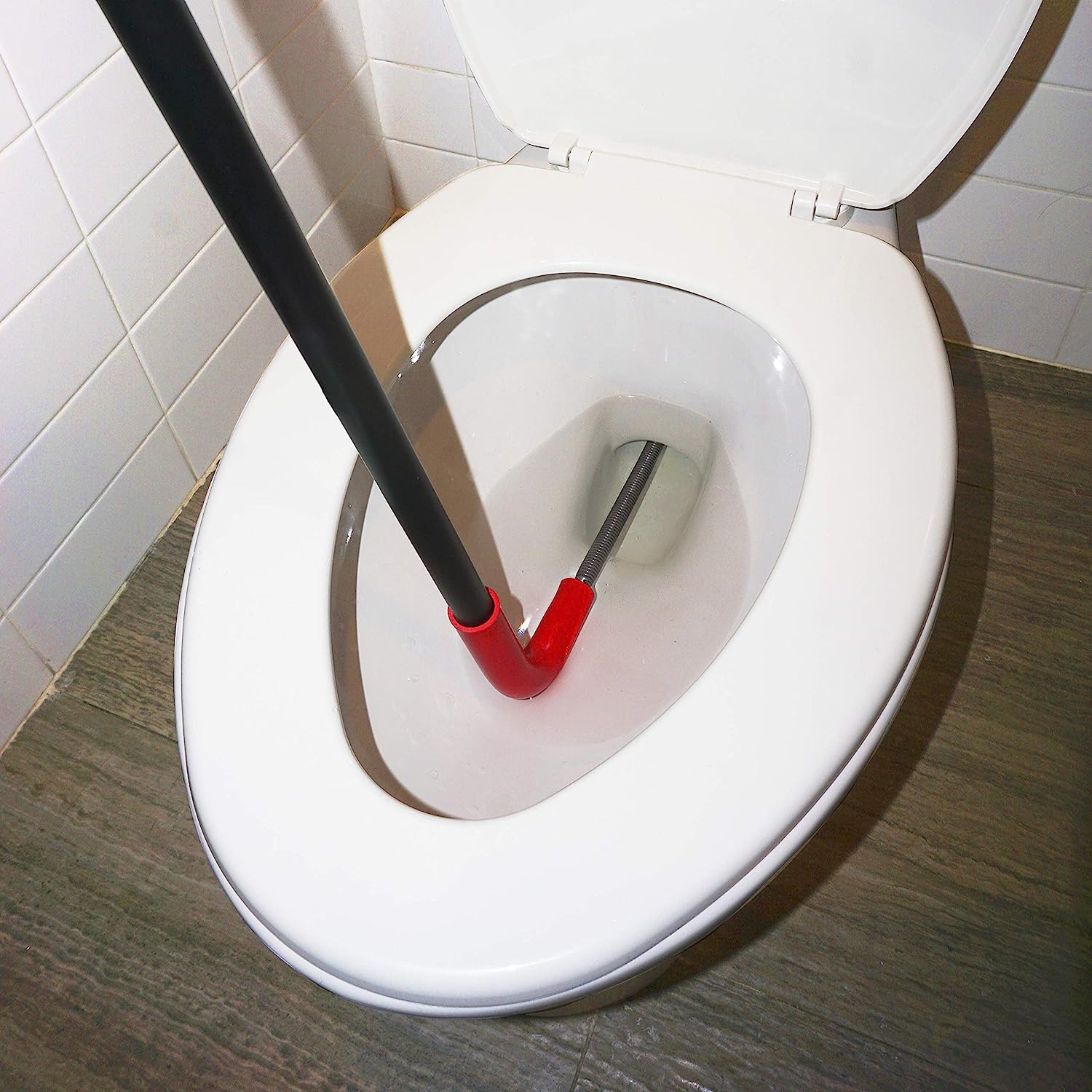

Articles
Toilet Snake How To Use
Modified: February 20, 2024
Discover step-by-step instructions on using a toilet snake with informative articles. Unclog your toilet effectively and efficiently with this handy guide.
(Many of the links in this article redirect to a specific reviewed product. Your purchase of these products through affiliate links helps to generate commission for Storables.com, at no extra cost. Learn more)
Introduction
When faced with a stubborn clog in your toilet, reaching for a toilet snake can be a lifesaver. A toilet snake, also known as a drain auger or plumber’s snake, is a simple yet effective tool designed to remove blockages from your toilet drain. Whether it’s a buildup of toilet paper, foreign objects, or even tree roots in your sewer line, a toilet snake can help you tackle the problem and restore proper drainage.
In this article, we will explore the purpose of a toilet snake, the types available, and how to use them safely and effectively. We will also cover common mistakes to avoid and provide tips for maintaining your toilet snake. By the end, you’ll have a comprehensive understanding of toilet snakes and the confidence to use one when needed.
Key Takeaways:
- Using a toilet snake can effectively clear stubborn clogs and maintain proper drainage in your toilet. Prioritize safety, follow proper techniques, and practice regular maintenance to ensure successful unclogging and prevent plumbing emergencies.
- A toilet snake is a valuable tool for homeowners and plumbers, providing an efficient solution for clearing toilet clogs. By understanding its purpose, types, and maintenance tips, you can confidently handle clogs and keep your toilet in optimal working condition.
Read more: How To Use Plumbing Snake In Toilet
Purpose of a Toilet Snake
The primary purpose of a toilet snake is to clear clogs in your toilet drain. When a plunger fails to remove the blockage, a toilet snake becomes a valuable tool for unclogging the toilet and restoring proper flushing and drainage. It is designed to navigate through the pipes and break up or retrieve the obstruction causing the clog.
Toilet snakes are especially useful for tackling clogs caused by accumulated toilet paper, small objects accidentally flushed down the toilet, or even hair that has accumulated in the drain over time. These obstructions can restrict water flow, leading to slow or no drainage and an unpleasant bathroom experience.
With the help of a toilet snake, you can reach deeper into the toilet drain and physically remove the blockage. This is achieved by extending the snake into the pipes, rotating it, and applying gentle pressure to dislodge the obstruction. The flexibility of the snake allows it to navigate through the curves and bends of the toilet drain, ensuring effective clog removal.
Additionally, toilet snakes can also be used as a preventive measure. Regular use of a toilet snake helps in maintaining proper drain function by removing any potential buildup or debris before it becomes a full-blown clog. This proactive approach can help you avoid costly and inconvenient plumbing emergencies in the future.
Overall, a toilet snake is a valuable tool for homeowners and plumbers alike, providing an effective and efficient solution for clearing toilet clogs and maintaining proper drainage. With the right technique and precautions, you can confidently use a toilet snake to tackle clogs and keep your toilet in optimal working condition.
Types of Toilet Snakes
Toilet snakes come in various types, each designed for specific purposes and preferences. Understanding the different types can help you choose the right tool for your needs. Here are the most common types of toilet snakes:
- Handheld Toilet Snake: This is the most basic and commonly used type of toilet snake. It consists of a flexible metal cable with a handle on one end and a corkscrew-like auger on the other. Handheld toilet snakes are affordable, easy to use, and ideal for handling minor clogs in residential toilets.
- Powered Toilet Snake: This type of toilet snake is operated by an electric motor or a cordless drill. It offers more power and efficiency compared to handheld snakes, making it suitable for tougher clogs. Powered toilet snakes often come with various interchangeable attachments to handle different types of obstructions and drain sizes.
- Toilet Auger: A toilet auger is a specialized type of snake designed specifically for toilet drains. It features a long, flexible cable with a bend at the end to navigate the curves of the toilet trap. This prevents scratching or damaging the porcelain during the unclogging process.
- Flat Tape Snake: Flat tape snakes, also known as flat sewer rods, are narrow, flat strips of metal or plastic. They are used for clearing blockages in larger sewer lines rather than just the toilet drain. These snakes are typically employed by professional plumbers for heavy-duty clog removal.
- Drum Auger: A drum auger is a heavy-duty snake typically used by plumbers. It consists of a long, coiled metal cable wound around a drum. The snake can be extended by turning the drum, allowing for easy and controlled retrieval of clogs. Drum augers are suitable for stubborn and challenging toilet clogs.
It’s important to consider the severity of the clog and your level of experience before choosing a toilet snake. For minor clogs, a handheld toilet snake or toilet auger may suffice. However, for more complex clogs and large sewer lines, powered toilet snakes, flat tape snakes, or drum augers may be necessary.
Safety Precautions Before Using a Toilet Snake
Using a toilet snake can be a safe and effective method for unclogging your toilet, but it’s crucial to follow proper safety precautions to prevent any accidents or damage. Before using a toilet snake, consider the following safety guidelines:
- Turn off the water supply: Before starting the unclogging process, locate the water shut-off valve near the toilet and turn it off. This prevents any accidental flushing or overflowing while you are working.
- Wear protective equipment: It’s advisable to wear protective gloves and safety goggles to prevent any contact with harmful bacteria, chemicals, or debris in the toilet. Additionally, wearing old clothes or an apron can protect your clothing from potential splatters.
- Ensure proper ventilation: To avoid inhaling unpleasant odors or any fumes that may be present, ensure that the bathroom is well-ventilated. Open a window or use a fan to circulate fresh air.
- Read and follow manufacturer instructions: Different toilet snakes may have specific instructions or limitations. Take time to read the manufacturer’s instructions provided with your chosen tool, and follow them carefully.
- Exercise caution with porcelain: Toilet snakes can potentially scratch or damage the porcelain surface if not used correctly. Avoid applying excessive force or rough handling. Be gentle and patient when maneuvering the snake.
- Avoid using chemicals before snaking: It’s recommended to refrain from using chemical drain cleaners or similar products before using a toilet snake. Chemicals can cause dangerous reactions when combined with the snake or cause damage to the pipes.
- One person operation: When using a toilet snake, it is best to have only one person operating the tool. Additional people in the bathroom can complicate the process and increase the risk of accidents.
- Be mindful of surroundings: Ensure that there are no objects, such as towels or personal belongings, near the toilet that could obstruct your movement or could potentially get caught in the snake.
- Be cautious when retrieving the snake: When removing the snake from the toilet drain, slowly and carefully wind it back into its housing or remove it, avoiding any abrupt movements that could cause splashing or damage the drain.
By adhering to these safety precautions, you can minimize risks and ensure a safe and successful toilet snake usage experience. Remember, if you are unsure or uncomfortable using a toilet snake, it’s best to seek professional assistance from a plumber.
Step-by-Step Guide on How to Use a Toilet Snake
Using a toilet snake can be a straightforward process when done correctly. Follow these step-by-step instructions to effectively and safely unclog your toilet:
- Preparation: Gather the necessary tools, including a toilet snake, gloves, safety goggles, and a bucket or plastic bag. Put on the protective gear before starting.
- Turn off the water supply: Locate the water shut-off valve behind or near the toilet and turn it off. This will prevent any accidental flushing or overflowing while using the snake.
- Insert the snake: With the toilet bowl empty, insert the end of the snake with the auger into the drain opening of the toilet. Slowly push it in until you encounter resistance. This indicates that you have reached the obstruction.
- Rotate the snake: Begin rotating the snake handle clockwise. This motion will help break up the clog or entangle the obstruction, making it easier to remove. Avoid applying excessive force to prevent damage to the toilet.
- Apply gentle pressure: Push the snake further into the toilet drain while continuing to rotate. Apply gentle and steady pressure to dislodge the clog. Be patient as you work on breaking up the obstruction.
- Retract or remove the snake: Once you feel that the blockage has been loosened or removed, slowly retract the snake by rotating it in the opposite direction. If the snake is equipped with a crank or drum, rewind it back into its housing. If using a handheld snake, carefully pull it out of the drain.
- Inspect and repeat if necessary: Inspect the toilet drain to ensure that the clog has been successfully cleared. If necessary, repeat the process to further break up or remove any remaining obstructions.
- Turn on the water supply: Once you are confident that the clog has been cleared, turn on the water supply and flush the toilet. Observe the water flow to ensure that the drain is working properly.
- Clean and sanitize: Thoroughly clean the toilet snake after each use, as it may come into contact with bacteria or debris. Sanitize it according to the manufacturer’s instructions and store it in a clean and dry place.
Remember to use caution and follow safety guidelines throughout the process. If you encounter persistent or severe clogs, or if you’re uncomfortable using a toilet snake, it’s best to seek professional plumbing assistance.
When using a toilet snake, make sure to wear gloves and protective eyewear. Insert the snake into the toilet drain and slowly crank the handle to break up and remove clogs. Be gentle to avoid damaging the toilet.
Read more: How To Unclog Toilet With Snake
Techniques for Effective Toilet Snake Usage
To ensure the best results when using a toilet snake, it’s important to apply proper techniques and strategies. Follow these techniques for effective and efficient toilet snake usage:
- Start with gentle force: When inserting the snake into the toilet drain, begin with gentle pressure and gradually increase force if necessary. This helps prevent any unnecessary damage to the toilet.
- Rotate the snake smoothly: As you rotate the snake in the drain, maintain a smooth and consistent motion. Avoid sudden jerks or twists to prevent splashing or further entangling the clog.
- Apply forward and backward movements: While rotating the snake, also make slight forward and backward movements to cover the entire circumference of the drain. This helps to break up the clog more effectively.
- Adjust the snake length: If using a powered snake or a snake with adjustable length, extend it to reach the blockage but avoid overextending. A longer snake may provide more reach, but it can be harder to control and increase the risk of damage.
- Utilize the auger: For tougher clogs, make use of the auger at the end of the snake. The auger’s spiraling motion can help to grab and break up the clog more efficiently.
- Be patient: Clearing a stubborn clog may take time, so it’s essential to be patient and persistent. Avoid rushing the process, as excessive force may cause damage to the toilet or worsen the clog.
- Remove debris properly: As you retract the snake, clean off any debris or residue by wiping it with a cloth or paper towel. Dispose of the debris in a plastic bag or bucket to avoid making a mess.
- Flush and observe: Once you believe the clog has been cleared, turn on the water supply and flush the toilet. Observe the flow and ensure that the drain is working properly. If necessary, repeat the process to address any remaining obstructions.
- Practice preventive maintenance: Regularly use a toilet snake as a proactive measure to prevent clogs and keep your toilet drain in good condition. By periodically snaking the drain, you can remove any potential buildup or debris before it becomes a major issue.
By employing these techniques, you can maximize the effectiveness of your toilet snake and efficiently clear clogs, keeping your toilet in optimal working condition. Remember to always prioritize safety and take necessary precautions during the process.
Common Mistakes to Avoid When Using a Toilet Snake
Using a toilet snake is a practical way to clear toilet clogs, but it’s important to be mindful of potential mistakes that can hinder your efforts or cause further damage. Here are some common mistakes to avoid when using a toilet snake:
- Using excessive force: Applying too much force when inserting or operating the snake can scratch or damage the toilet bowl. Be gentle and patient throughout the process.
- Not wearing protective gear: Failure to wear gloves and safety goggles can expose you to harmful bacteria or debris. Always protect yourself with appropriate personal protective equipment.
- Ignoring the water supply: Forgetting to turn off the water supply before using the snake can lead to accidental flushing and overflow, causing a bigger mess.
- Not following manufacturer’s instructions: Each toilet snake may have specific guidelines or limitations. It’s crucial to read and follow the instructions provided by the manufacturer to ensure safe and effective usage.
- Not adjusting snake length: Failing to adjust the snake to the right length can make it difficult to maneuver and potentially cause damage.
- Using chemicals before snaking: Chemical drain cleaners should not be used before or simultaneously with a toilet snake. The chemicals can react, causing hazardous fumes or damaging the pipes.
- Rushing the process: Trying to hasten the unclogging process by using excessive force or not allowing sufficient time for the snake to break up the clog can lead to ineffective results or worsen the situation.
- Not cleaning the snake properly: Neglecting to clean and sanitize the snake after use can leave behind bacteria, debris, or residue, making it less effective for future use.
- Improperly storing the snake: Leaving the snake exposed or coiled in a damp environment can lead to rust or damage. Store the snake in a clean, dry, and well-ventilated area.
- Over-reliance on a toilet snake: While a toilet snake is a useful tool, it is not always the solution for severe or recurring clogs. If the problem persists, it’s best to seek professional plumbing assistance.
By avoiding these common mistakes, you can ensure a successful and smooth experience when using a toilet snake. Remember to practice patience, read instructions carefully, and prioritize safety throughout the process.
Tips for Maintaining a Toilet Snake
Proper maintenance of your toilet snake is essential to ensure its longevity and optimal performance. Here are some tips to help you maintain your toilet snake effectively:
- Clean and sanitize: After each use, thoroughly clean and sanitize the snake to remove any bacteria, debris, or residue. Use a cloth or paper towel to wipe down the cable and auger, and sanitize according to the manufacturer’s instructions.
- Store in a dry area: Moisture can lead to rust or damage to the snake. Store it in a clean, dry area with good ventilation to prevent any corrosion. Avoid exposing the snake to extreme temperatures or harsh chemicals.
- Inspect for damage: Before using the snake, inspect it for any signs of damage or wear. Look for bends, kinks, or frayed cables, and ensure that all the components are in good working condition. Replace any damaged parts promptly to avoid further issues.
- Use proper technique: Always follow the recommended techniques when using the toilet snake. Avoid excessive force, rough handling, or using the snake for purposes other than toilet clogs. Proper technique helps prevent damage to the snake and the toilet.
- Avoid contact with sharp objects: Be cautious not to allow the snake to come into contact with sharp objects or surfaces that could potentially damage the cable or auger. Keep it away from tools or objects that could cause punctures or tears.
- Regular maintenance: Periodically inspect the snake even when not in use. This allows you to identify any potential issues or signs of wear early on. Lubricate any moving parts according to the manufacturer’s recommendations to ensure smooth operation.
- Keep it out of reach: Store the toilet snake in a secure location, out of the reach of children and pets. The sharp ends and potential for injury make it important to keep it safely stored away.
- Replace as needed: Over time, the cable or auger of the toilet snake may wear out or become less effective. If you observe reduced performance or notice significant damage, it is advisable to replace the snake with a new one.
- Seek professional assistance if needed: If you encounter persistent or challenging clogs that cannot be resolved with your toilet snake, it’s best to seek the help of a professional plumber. They have the expertise and specialized tools to address more complex plumbing issues.
By following these maintenance tips, you can ensure that your toilet snake remains in good condition and continues to be a reliable tool for clearing clogs. Regular inspection, cleaning, and proper storage will extend the lifespan of the snake and help maintain its effectiveness.
Conclusion
In conclusion, a toilet snake is a valuable tool that can help you effectively clear stubborn clogs and maintain proper drainage in your toilet. By understanding the purpose of a toilet snake and the different types available, you can choose the right tool for your needs. However, it is crucial to prioritize safety precautions before using a toilet snake to avoid accidents and damage.
To use a toilet snake effectively, follow the step-by-step guide and employ the recommended techniques. Take your time, be patient, and avoid common mistakes such as using excessive force or neglecting proper maintenance. Regularly clean and sanitize your toilet snake, store it in a dry area, and inspect it for any signs of damage. If necessary, seek professional assistance to address persistent or complex clogs.
Remember, prevention is always better than cure. Use a toilet snake as a preventive measure to keep your toilet drain free from buildup and debris. By following proper maintenance tips and practicing regular usage, you can avoid major clogs and costly plumbing emergencies.
In the end, a toilet snake can be a reliable and handy tool to have in your plumbing arsenal. With the right knowledge, technique, and precautions, you can confidently handle toilet clogs and maintain the optimal functioning of your toilet drain. So, the next time you encounter a stubborn clog, reach for your trusty toilet snake and restore the flow in no time.
Frequently Asked Questions about Toilet Snake How To Use
Was this page helpful?
At Storables.com, we guarantee accurate and reliable information. Our content, validated by Expert Board Contributors, is crafted following stringent Editorial Policies. We're committed to providing you with well-researched, expert-backed insights for all your informational needs.
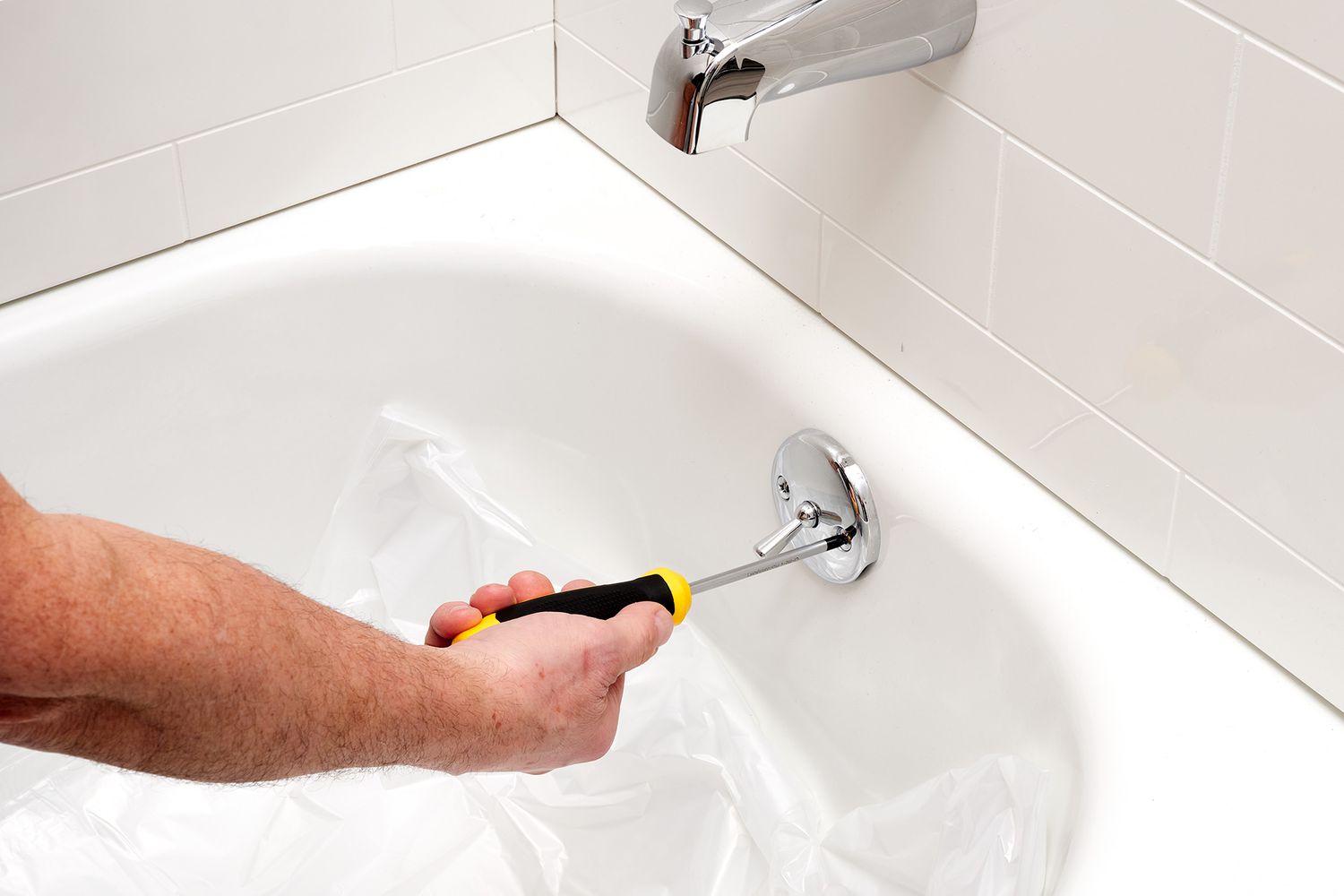
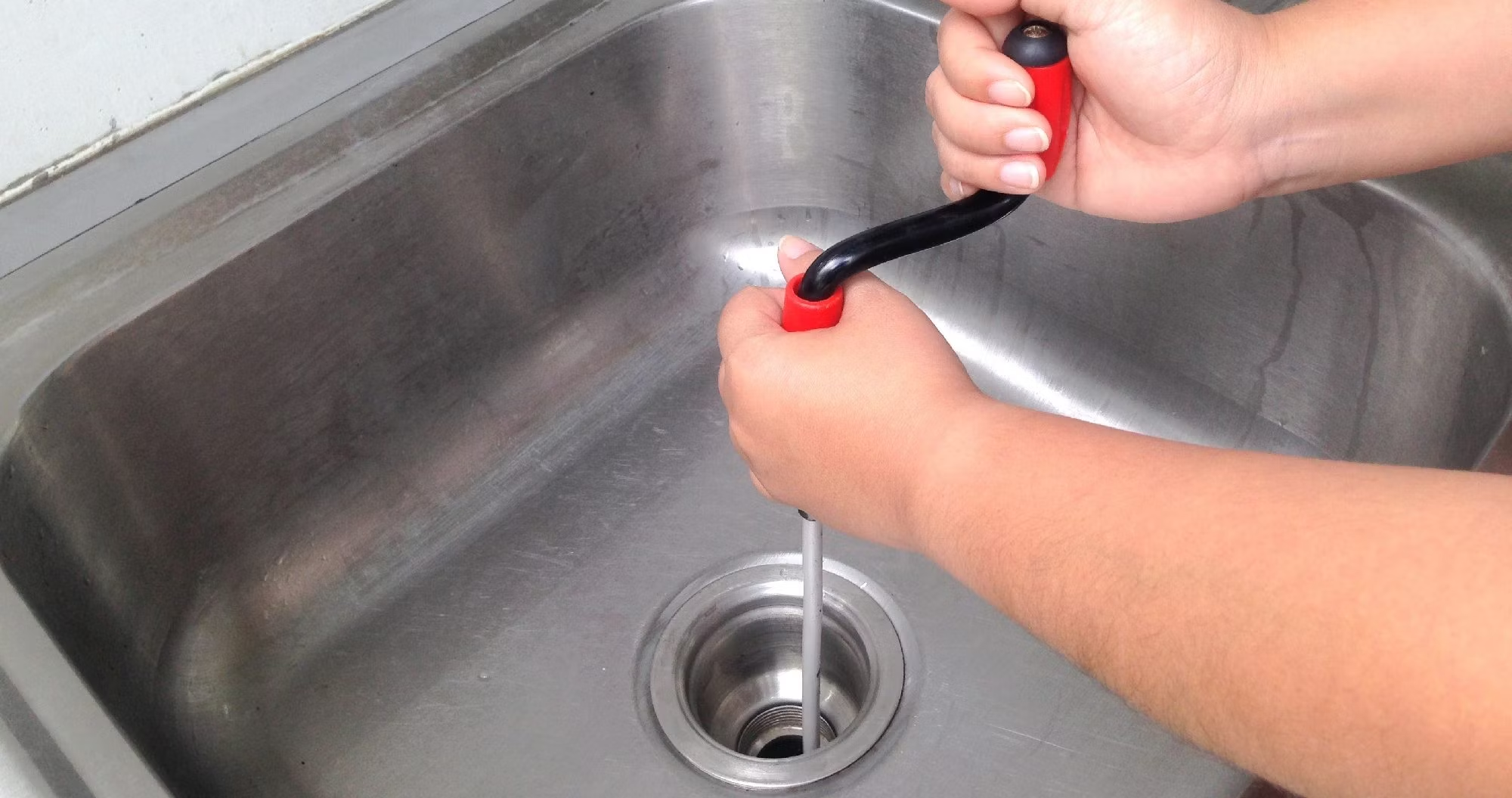
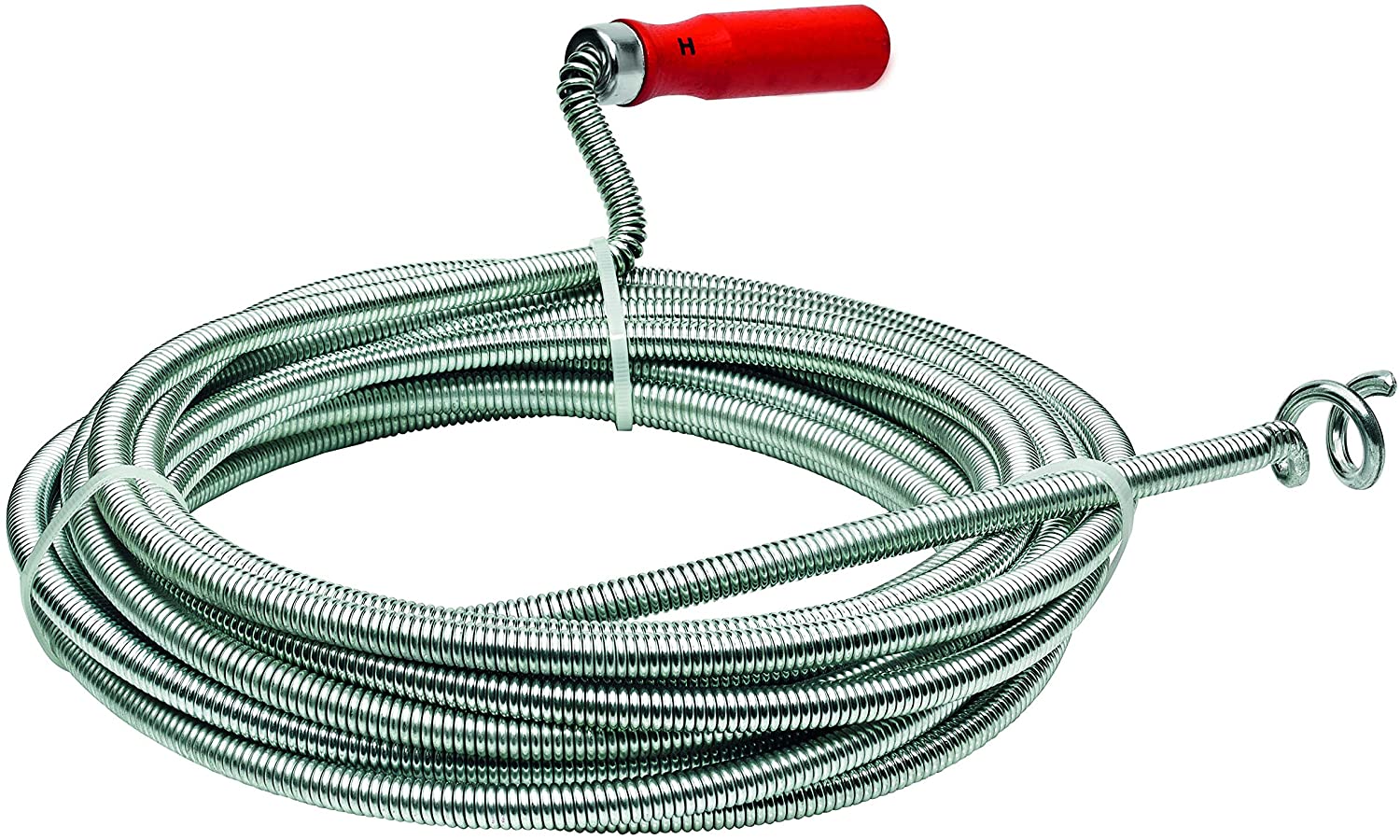
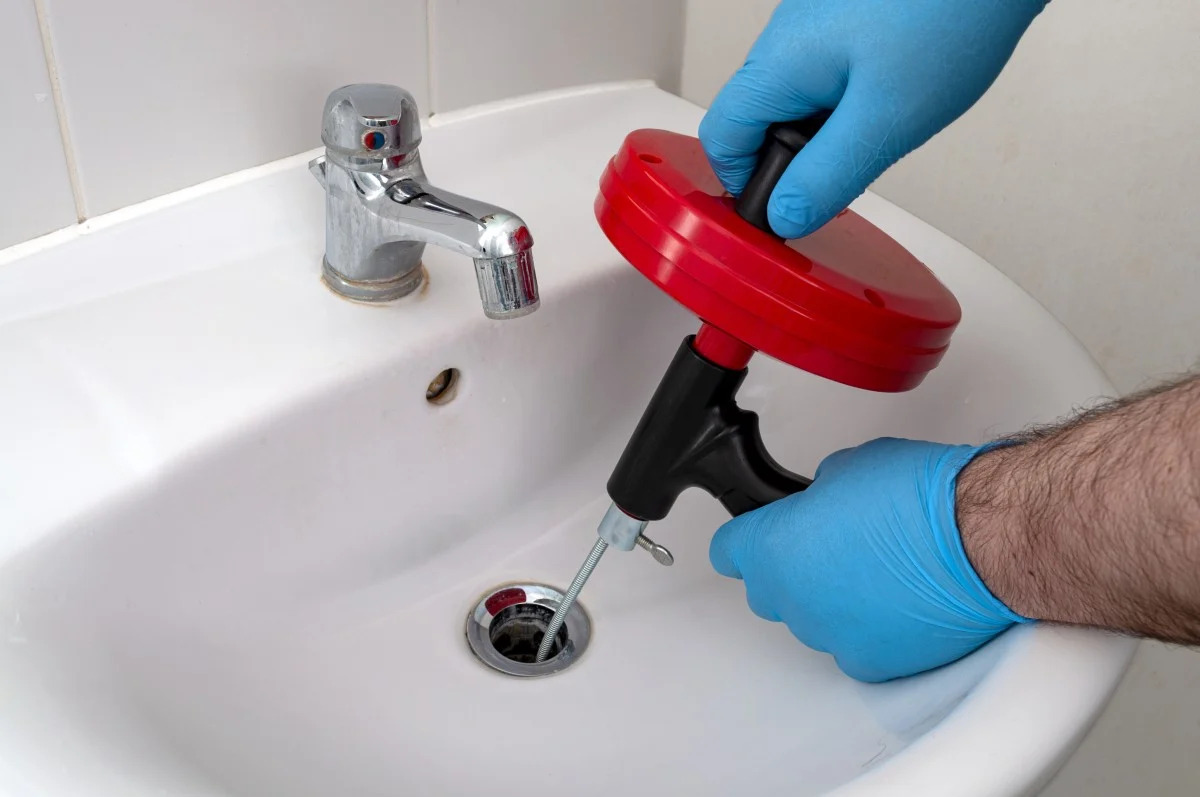
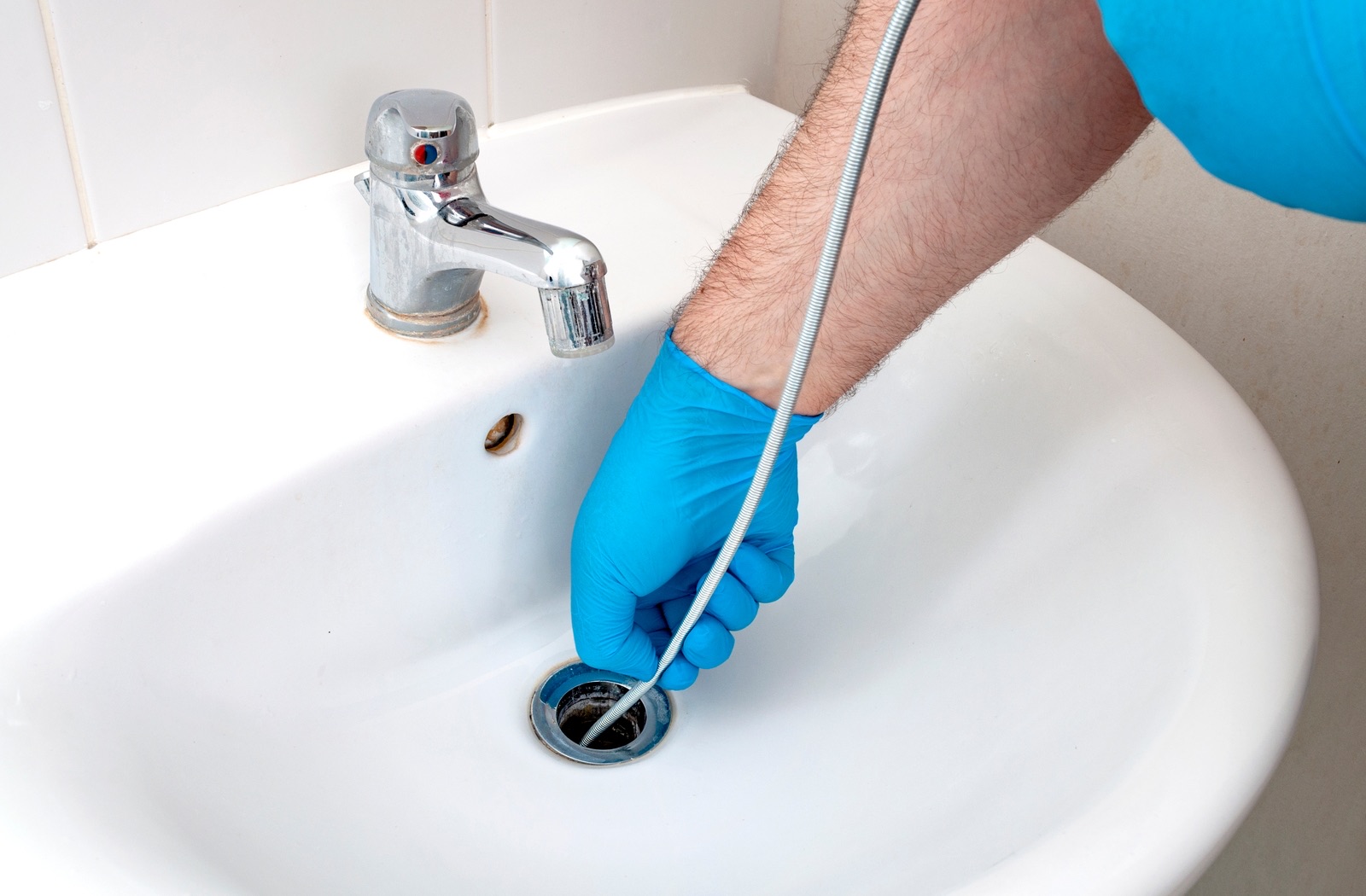

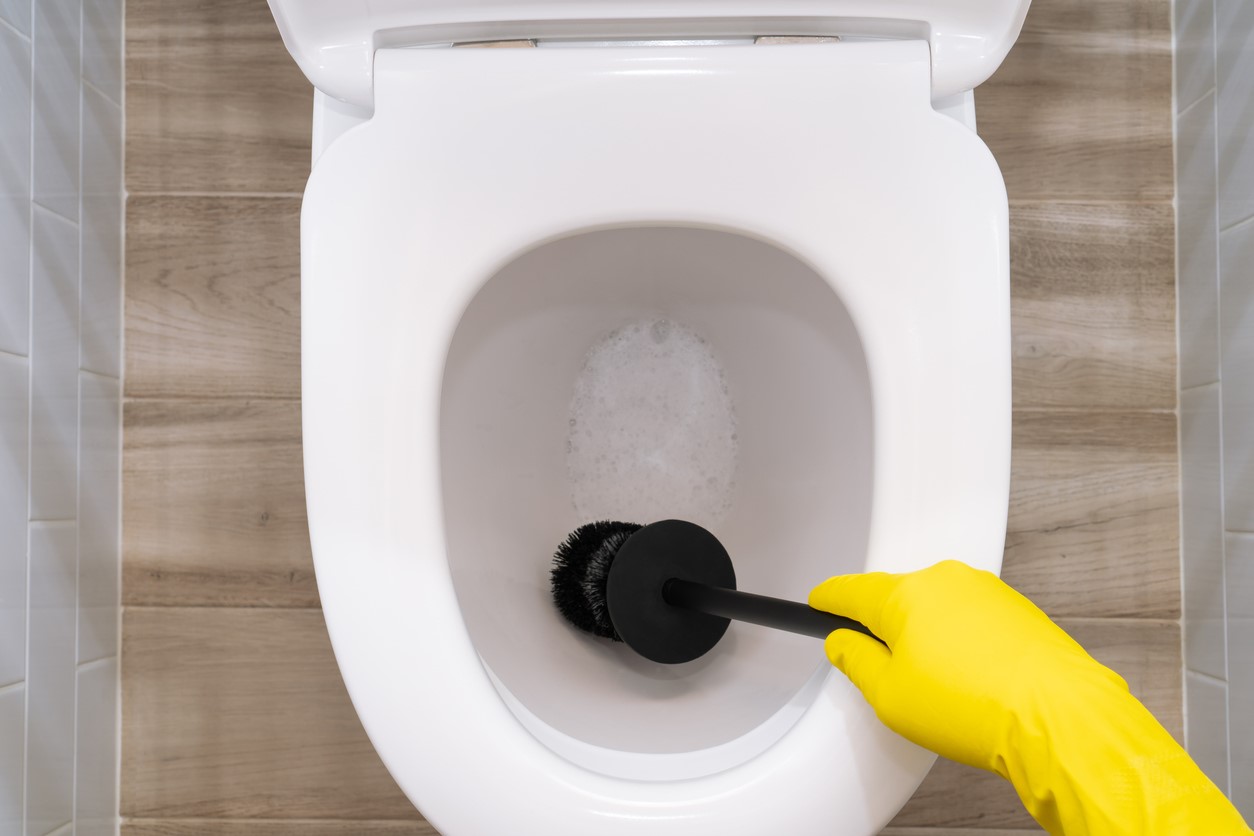


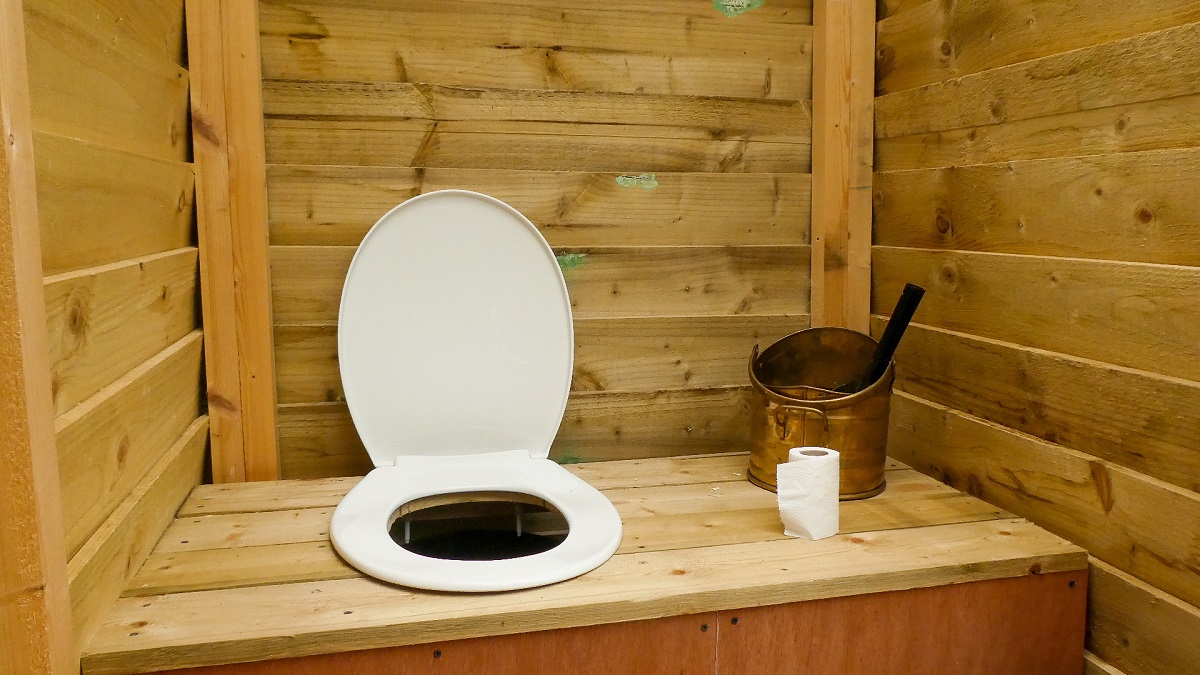
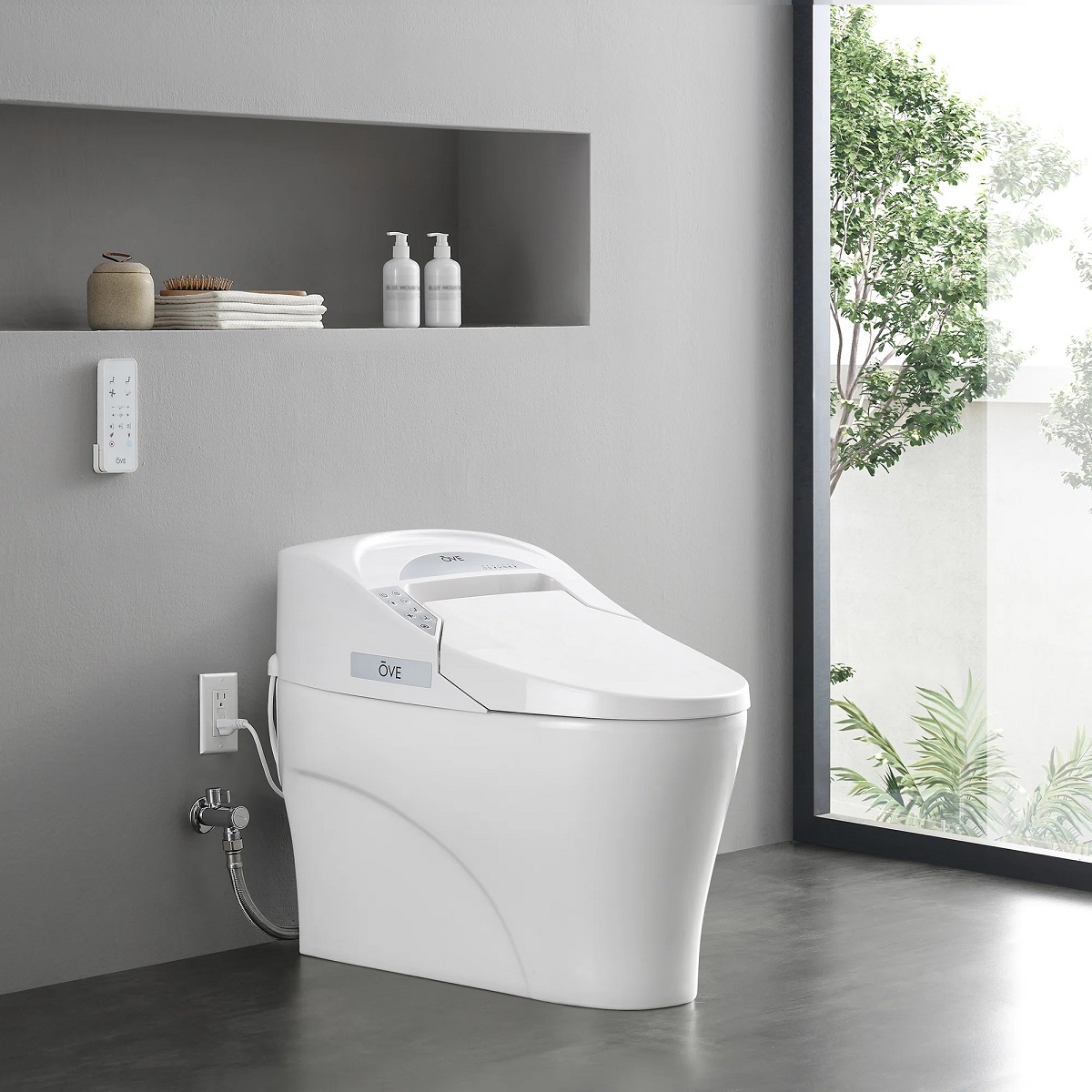


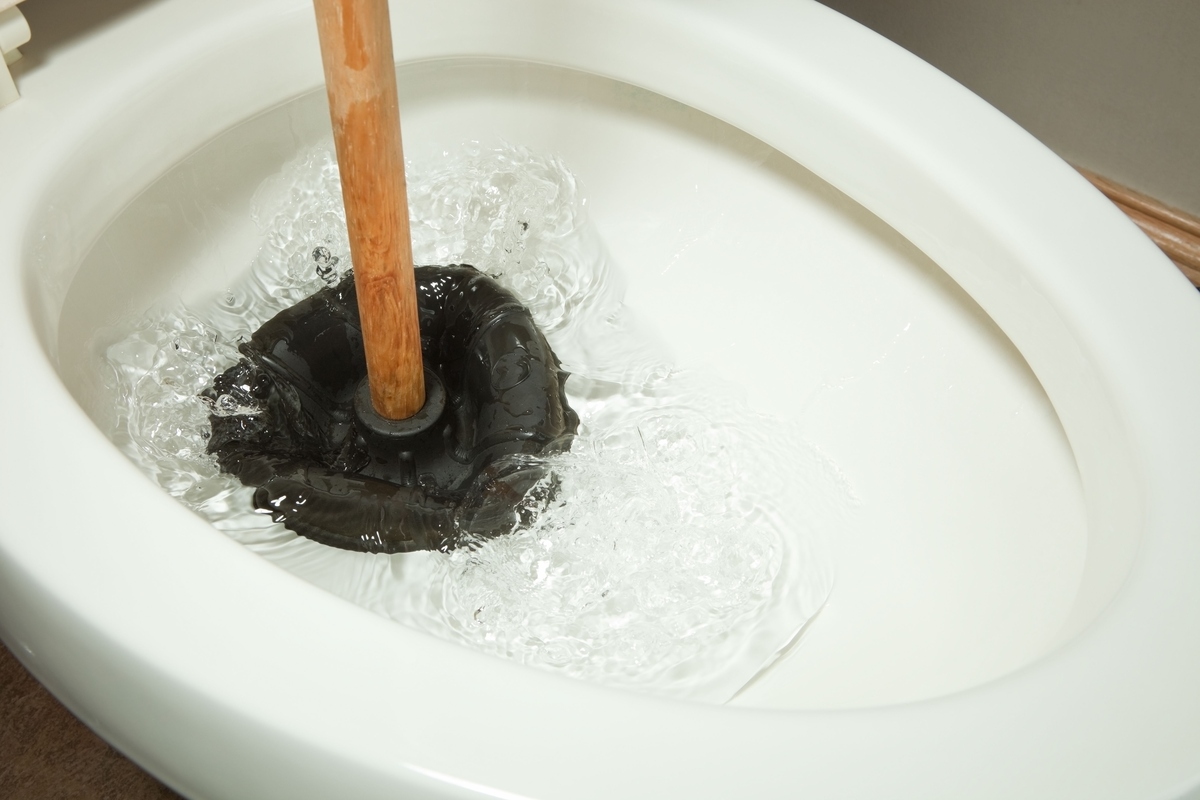

0 thoughts on “Toilet Snake How To Use”